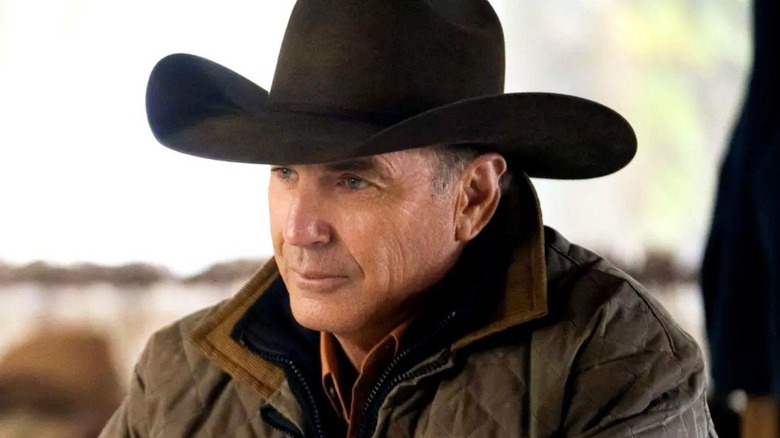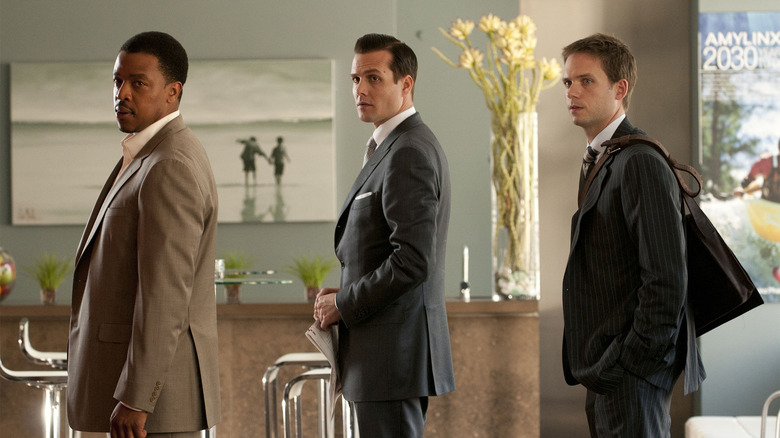Broadcast & Cable TV Usage Drops Below 50% For The First Time Ever As Viewers Favor Streaming
In a sign that consumer viewing habits are shifting further and further away from the old standards, traditional TV viewing has dipped below 50% of all viewing for the first time ever. This is according to a recent report from Nielsen, the industry's leader when it comes to reporting viewership figures. The company reported TV viewing figures for July and, in a major moment for the modern era, broadcast and cable/pay TV accounted for 49.6% of total viewing.
Meanwhile, streaming accounted for 38.7%, representing a new record. YouTube is leading the way with 9.2% of that share, followed by Netflix with 8.5%. Illustrating just how much Netflix is still dominating the competition, the next closest was Hulu with 3.6%, followed by Amazon Prime Video at 3.4%. More importantly, traditional pay TV such as cable and satellite that had dominated the industry for decades are continuing to see declines. These latest numbers prove that streaming is the dominant force now. It's no longer something that is going to happen, but something that has happened.
This is hugely significant because virtually every major media company, including Disney and Warner Bros. Discovery, has significant investments in traditional TV. And those channels, such as ESPN in Disney's case, are still incredibly profitable. But those profits are going to dwindle every year from here on out, which means these companies must find a way to make streaming profitable. That, so far, has proved to be a challenge, as services like Disney+ are still losing hundreds of millions annually. Hence, the recent crackdowns on password sharing. The future is streaming, and streaming is not yet profitable. That's a problem.
Cord cutting cannot be ignored
It's not as though broadcast and cable aren't providing big hits these days, as many of the most popular shows in the world are released that way — at least initially. "Yellowstone" is the biggest show on cable and airs on Paramount Network. But it streams on Peacock and all of its spin-off shows are on Paramount+. Then there are shows like "Suits," which originally aired on USA Network and has been off the air for several years, but recently became a monster hit on Netflix. It's not even always about new shows, it's just about giving new audiences a way to discover them.
To that end, the fall season could be challenging for broadcast and cable as there will be fewer new shows on the air due to the ongoing writer's and actor's strikes that have effectively shut down Hollywood. Nielsen did address that in the recent report, suggesting that acquired programming and the quality of shows could help tip the scales a bit.
"The potential for less new original primetime content this fall presents a unique situation for broadcast and cable, but the recent success of acquired programming on streaming channels highlights the outsized strength of quality content, regardless of when it was created."
Another thing to consider is that NFL Football is returning in September, with major sports accounting for a huge among of traditional TV viewing. But even there, things are changing, as YouTube now has the NFL Sunday Ticket rights after DirecTV lost them earlier this year. So even with sports, the future is streaming. The paradigm shift is upon us, and it's going to be fascinating to see what becomes of traditional TV as viewership continues to dwindle. The transition could be messy.

